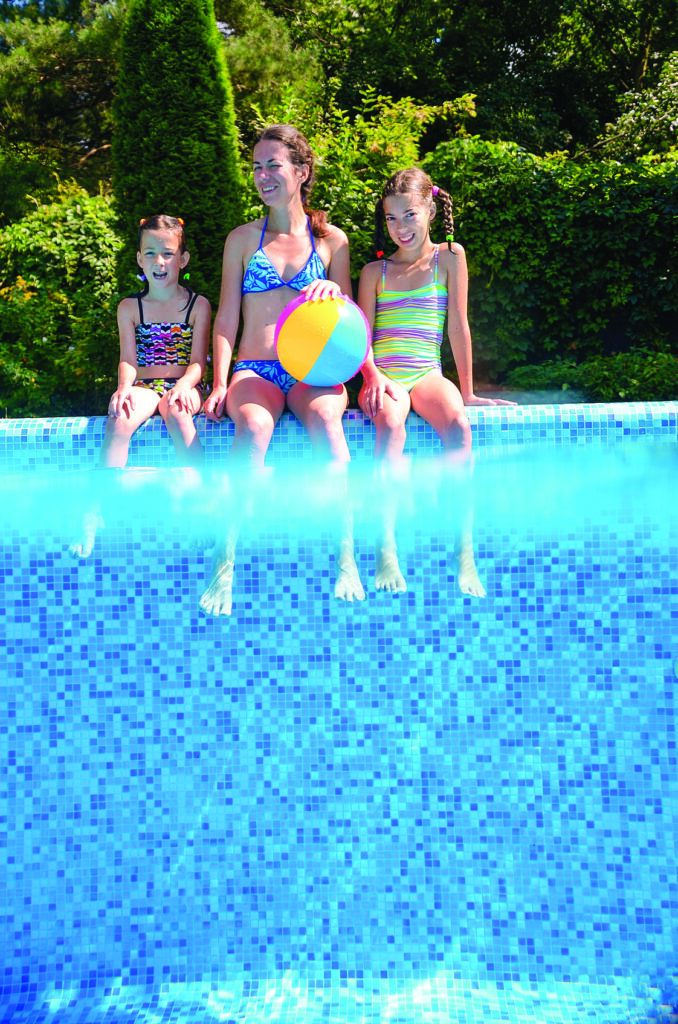One of the many benefits of living in Florida is the beautiful weather nearly year round. It is common for Florida residents to go to the beach, swim in the pool, and participate in recreational water activities well into the fall and even some winter months. Swimming is a great way to get exercise and to spend quality time with the family. With all the water-related activities, it is also important to be safe and aware of ways to prevent drowning.
In 2010, unintentional drowning killed 1,027 children in the United States. More children ages one to four die of drowning each year than any other cause with the exception of birth defects. Florida leads the nation in unintentional drowning deaths of children younger than the age of five. Hundreds more experience near-drowning tragedies that can cause permanent health problems and developmental delays. We can reverse these trends by utilizing layers of protection to prevent a fun day from becoming a family’s worse nightmare.
Four Layers of Protection:
- Supervision: Drowning is a silent and deadly killer. It can occur while you are distracted for a few minutes to check your phone or run inside for a towel. The majority of drownings occur in residential swimming pools. Supervision is the first and most important layer of protection. You need to always and actively watch children while in the pool.
- Barriers: Children should never ever enter the pool area unaccompanied by an adult. Barriers block a child from getting to the pool. Examples include child-proof locks on all doors, a pool fence with self-closing gates, door and pool alarms, and professional fitted pool cover.
- Swimming Lessons: The American Academy of Pediatrics recommends that children ages four and older learn to swim in order to help prevent drowning.
- Emergency Preparedness: Learning CPR can save a child’s life. The techniques are easy to learn and can mean the difference between life and death. In an emergency, it is critical to have a phone nearby and immediately call 911.
Pool safety is also the law. The Residential Swimming Pool Safety Act (Chapter 515, Florida Statutes) requires one of the following pool safety measures for pools built after October 1, 2000:
- A pool fence with self-closing, self-latching gate— enclosing the pool and providing no direct access to it.
- An approved pool cover.
- Alarms on all doors and windows leading out to the pool.
- All doors providing direct access from the home to pool to have a self-closing, self-latching device with a release mechanism no lower than 54 inches above the floor.
Swimming can be safe and a great way to spend your time enjoying Florida’s beautiful weather. For more information, please visit waterprooffl.com and http://www.myflfamilies.com/service-programs/child-welfare/water-safety-tips.
CREDITS
story
by DR. ULYEE CHOE, Director of FDOH-Polk
About the Author: Dr. Ulyee Choe, an infectious disease physician, serves the community as director of the Florida Department of Health in Polk County (FDOH-Polk) and as a Polk County Medical Association member. For more information about FDOH-Polk, visit www.mypolkhealth.net.
